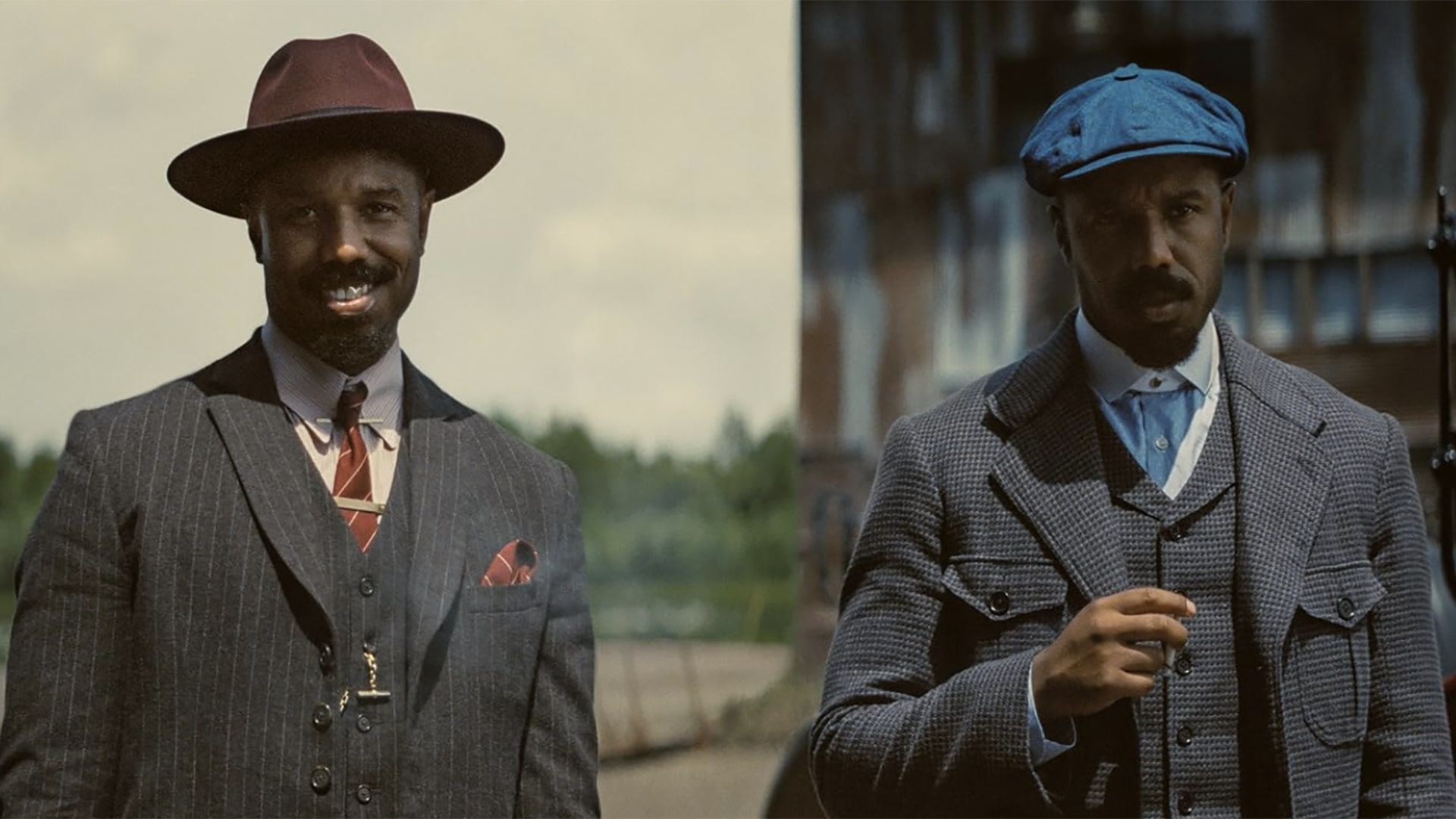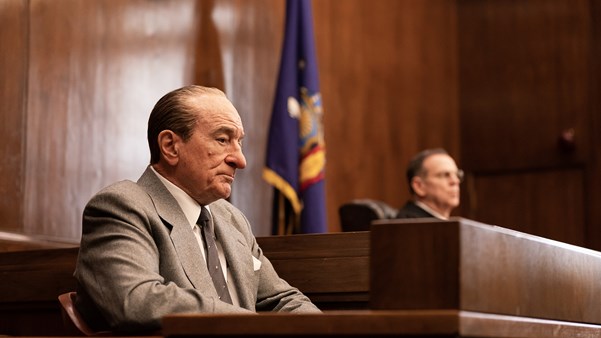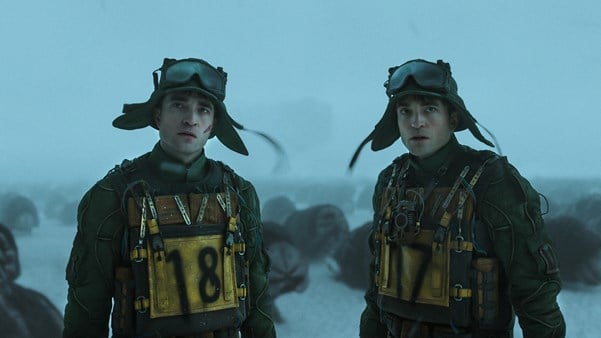In response to the recent trend of movie stars pulling double duty, Sophie Monks Kaufman speaks to visual-effects artists about the technical challenges of multiplying a performer.

Movie stars have been working overtime so far in 2025, playing dual roles in a number of projects. The latest addition, in Ryan Coogler’s genre-bending vampire film Sinners, is Michael B Jordan as twins Smoke and Stack, whose personality distinctions are amplified by red and blue colour-coding. He is hot on the heels of Robert Pattinson confronting a reprinted version of himself in Bong Joon Ho’s playful and dystopian sci-fi Mickey 17. Elsewhere, Robert De Niro portrayed rival mob bosses in The Alto Knights, and Theo James had a blast as both a good and an evil twin in horror comedy The Monkey.
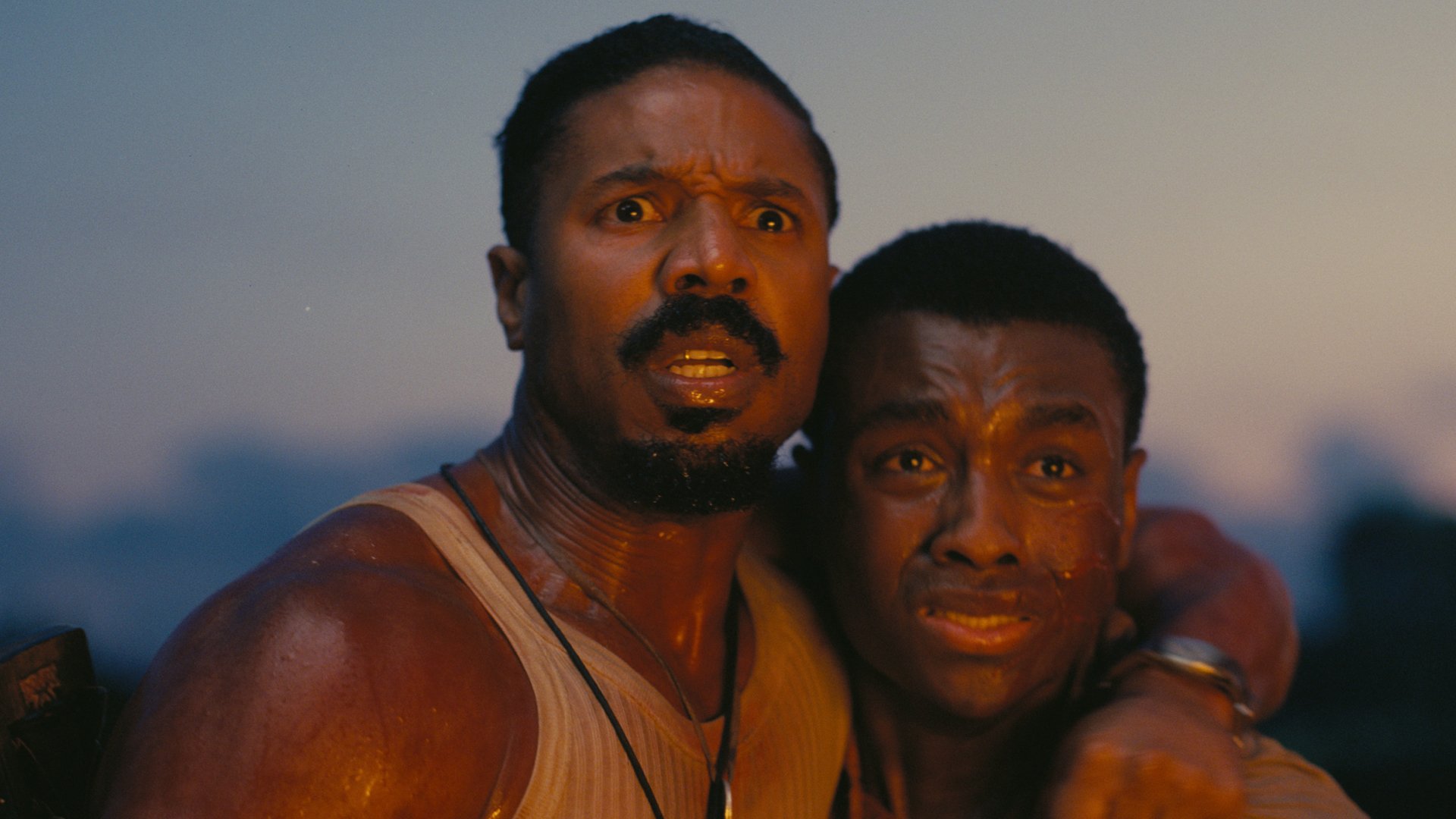
One actor playing multiple roles goes back to early cinema, however recent technological developments mean that, while success used to live and die on techniques applied during a film shoot – with double-exposure capturing differently styled versions of, say, Douglas Fairbanks or Mary Pickford – emphasis has now shifted to post-production, where digital tools are implemented to sell a trick vision.
Lee Wilson worked as optical effects supervisor on Dead Ringers (1988), one of David Cronenberg’s most haunting films. In it, Jeremy Irons plays twin gynaecologists, Beverly and Elliot Mantle, who share everything, slipping in and out of each other’s identities, until Beverly’s solo romance with a woman makes Elliot jealous, leading to mutually assured destruction. Whereas in the days of Fairbanks and Pickford doubles could only be produced in static shots, the innovation of motion-controlled cameras – cameras programmed to repeat the same movements at the same speed – meant one actor could be shot a second time using identical camera movements as the first time.
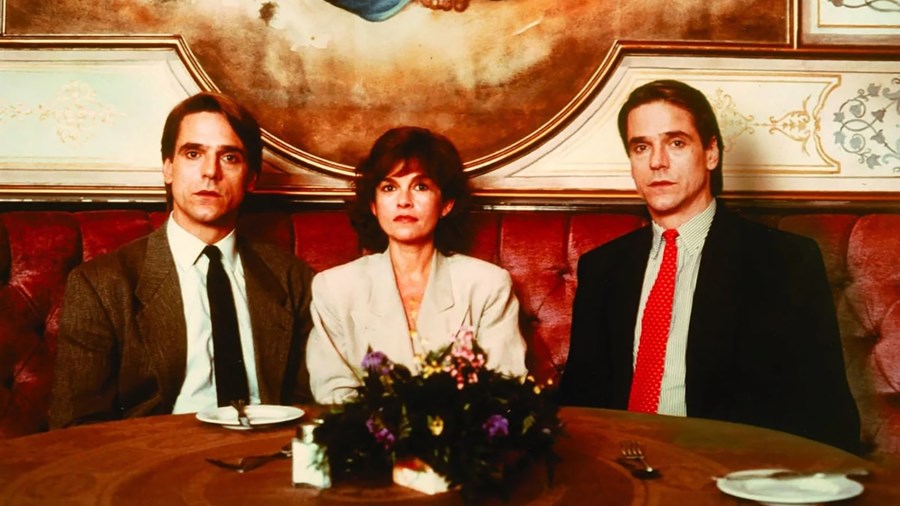
Dead Ringers (1988)
Motion-controlled cameras have existed since the 1960s and were used on Star Wars (1977) to create the illusion that static model spaceships were zipping around the cosmos at an exciting speed. On Dead Ringers, ‘we used an early motion-control camera system that was like a train set,’ says Wilson, describing a rig that involved a tripod chained to a platform on a dolly track. This DIY set-up was such that, on occasion, a tripod chain popped, rendering the shot unrepeatable and therefore unusable.
‘The twinning of Jeremy Irons wasn’t being done digitally,’ Wilson continues. ‘It was done old-school with layers of film that were all composited [two images placed together to make one] in an optical printer and printed out one frame at a time. That would take hours and hours and hours. Then you would go back and reshoot any scenes that needed fixing. The best part was that David understood the process really well.’
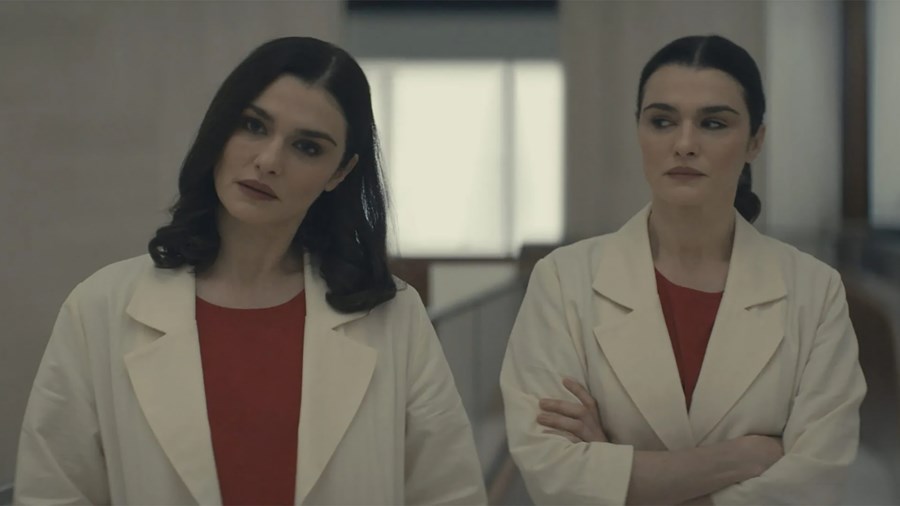
Dead Ringers (2023)
By contrast, Eric Pascarelli, a VFX supervisor on – to push this article’s double theme to breaking point – the gender-flipped Rachel Weisz miniseries of Dead Ringers (2023), was working in an age of computer-generated face replacements and deepfakes. While it’s now an industry standard to composite a double scene during the edit, some of the old creative challenges remain as they ever were. Namely, ensuring that a believable performance is not sacrificed in the name of technical requirements.
‘I got a lot of calls from people who think I have some magic formula for doing twins,’ says Pascarelli, who, when we speak, is onto his third twin project. ‘In fact, it’s considered the lowest form of visual effects. You shoot one twin, you split the screen down the middle and you sew them together. There are ways to do it elegantly and make it look really good, but most of that involves the directing and acting. I like to set it up so that the acting and the directing are unencumbered by the effect. What makes a twin shot good is Rachel Weisz, it’s Mark Ruffalo. If you let them do their thing, then you’ll get accolades for doing great visual effects.’
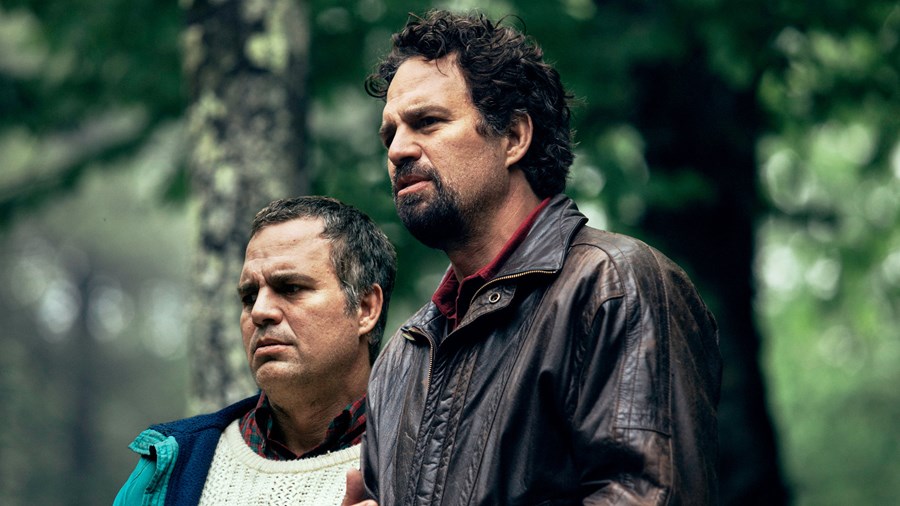
I Know This Much Is True (2020)
Pascarelli was VFX supervisor on the heartrending miniseries I Know This Much Is True (2020), for which Ruffalo won an Emmy for his performance as twins Dominick and Thomas Birdsey. In Derek Cianfrance’s small-town, blue-collar tragedy, Dominick is trying to save his deteriorating paranoid-schizophrenic twin Thomas, even as his own life enters freefall. Ruffalo gained weight to play Thomas, meaning that those scenes were shot six weeks after his scenes as Dominick. Although this required extra prep to ensure continuity (such as making sure all the same extras were hired in advance), it freed up time to make editing decisions that would, for twin cinema, typically have to be made during the shoot.
One vital piece of the puzzle – in I Know This Much Is True, both versions of Dead Ringers and any example of double screencraft you care to think of – is the work of the stand-in. Even in an era of 3D models and animations, on the day an actor still needs a scene partner for eyeline, to feed them lines and to resemble them from behind for over-the-shoulder shots. It is a surreal job, one that by design is scrubbed from the finished vision. When a double feels that their profession has been devalued, as was the case with Natalie Portman’s dance double Sarah Lane in Black Swan (2010), and Armie Hammer’s acting double Josh Pence in The Social Network (2010), their version of events makes for an eviscerating perspective on industry values.

Josh Pence (left) and Armie Hammer on the set of The Social Network (2010)
Doubles are used by directors in different ways. In the 1988 Dead Ringers, Jeremy Irons’ double, John Bayliss, only spoke lines when Irons was playing the scene as the first twin; for when Irons played the second twin, he heard his own voice through an earpiece as recorded in the previous take. It is gratifying that Bayliss’ work is well credited, and sequences with him in even exist on the Criterion Channel. Weisz’s Dead Ringers double Kitty Hawthorne and Ruffalo’s I Know This Much Is True double Gabe Fazio are similarly recognised, with their names appearing early in each show’s credit sequence. Historically it has sometimes been the case that a double’s work is buried beneath the cult of celebrity.
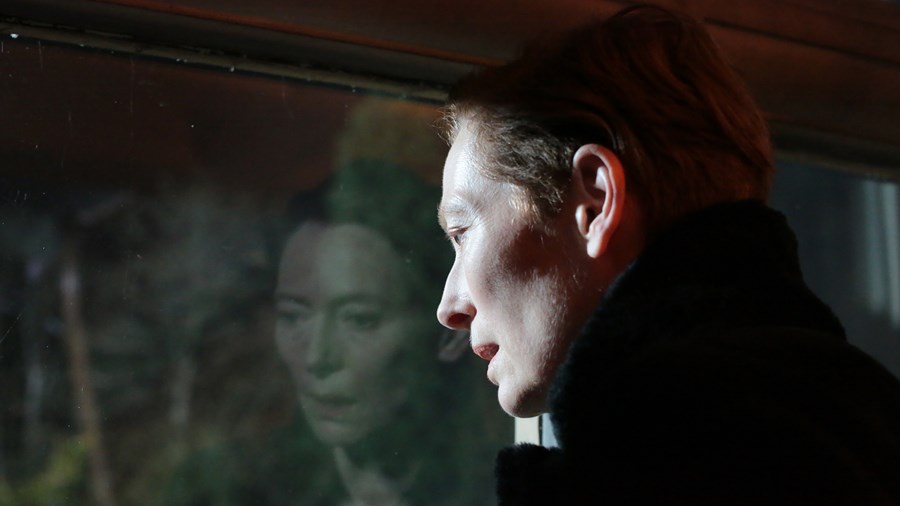
The Eternal Daughter (2022)
On occasion, an actor convincingly takes on dual roles without ever – or only sparingly – appearing on screen as both characters. Tilda Swinton plays a mother and daughter in Joanna Hogg’s haunting, gothic story The Eternal Daughter (2022). Their relationship is so vivid that it feels like they are often seen together. Hogg gently corrects me. ‘The double Tildas weren’t done with any trickery,’ she says. ‘Apart from one shot near the end of the film where mother and daughter appear in the same frame for the only time.’ To advance on Eric Pascarelli’s point: when the acting and directing are strong enough, the magic of VFX happens in the minds of the audience.
WATCH SINNERS IN CINEMAS
